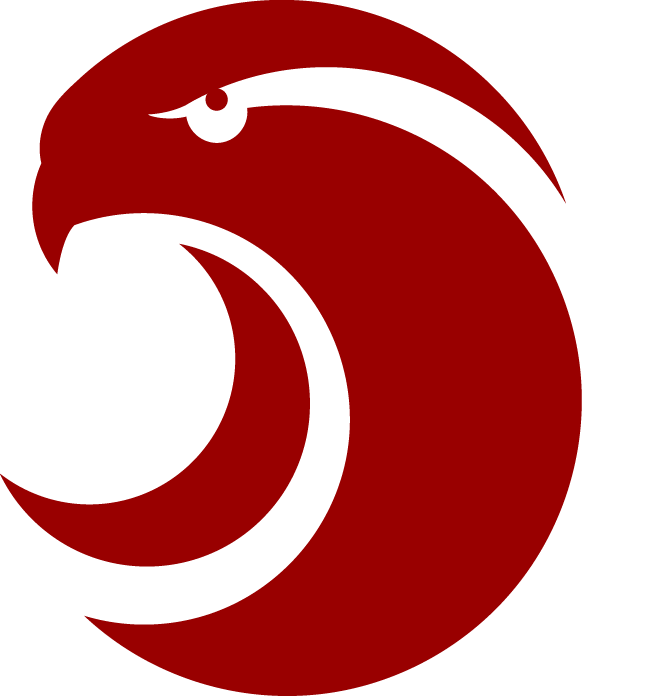
Developing your understanding of anatomy is something that will fundamentally change your training forever.
If we know the origins and insertions of a muscle, we can make basic predictions on what exercises will be efficient for training them. Where the origins and insertions differ between the muscles, we can predict which exercises will be most effective for that region.
Sometimes a muscle has multiple internal regions, and each of these regions has different characteristics/functions. With this understanding, we can conclude, multiple exercises may be necessary to train the muscle, to target each region, in ways that suit its individual characteristics.
If we take a deeper look at the Pecs we can see that it’s a relatively large muscle and has different segments that originate on:
1. The medial half of the Clavicle
2. The lateral side of the Sternum, and
3. The anterior sides of the upper six ribs.
These origins can be used as reference points to subdivide the muscle into Clavicular (upper), Sternal (middle), and Costal (lower) regions. Although they have different origins, each region inserts in a similar place on the upper, lateral side of the humerus. 🦴
Just by understanding this, we can approach our training in a methodical manner. Once we take a little deeper look to understand the roles of each subdivision, that’s when things get really interesting! The role of the Pecs differs in shoulder actions between regions.
Shoulder Flexion ⬆️ is performed by the Clavicular (upper) and Sternal (mid) regions, while Shoulder Extension ⬇️ is performed by the Costal (lower) region & Lats.⠀
Shoulder ABDuction ⬅️➡️ is performed by the Clavicular (upper) region, while Shoulder ADDuction ➡️⬅️ is performed by the Sternal (mid) and Costal (lower) regions.
You don't have to be an expert in reciting muscle origins, insertions, and functions... but if you have a basic understanding of the anatomical structure of the body, chances are you'll train more efficiently, and effectively— which will ultimately lead to better results.
And who doesn't want better results?
We tend to think of muscles as homogenous structures that contribute equally to similar joint actions, but the reality is muscles are actually made up of separate compartments that have different characteristics. Logically, training programs that develop a range of muscle regions will lead to greater muscle growth than training programs that only develop one region. Even so, the appropriate approach for each muscle group can differ.

